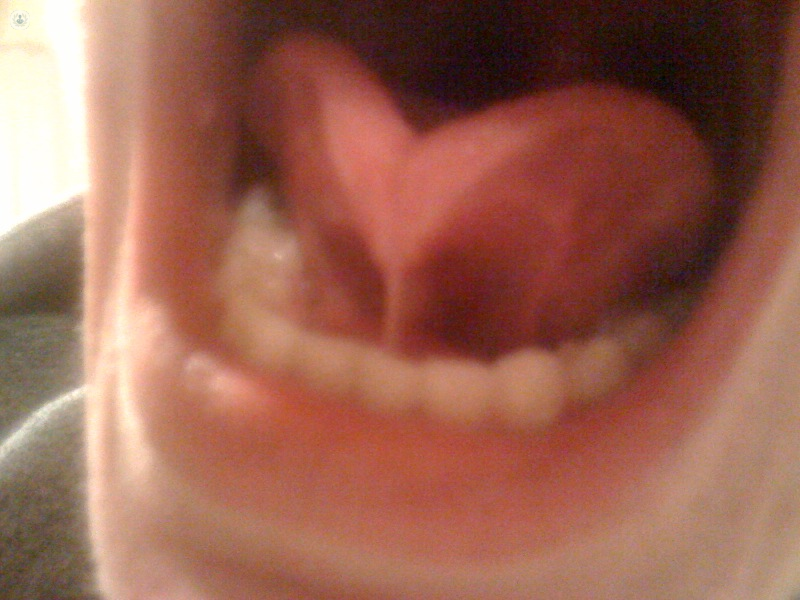


What is tongue-tie?
Tongue-tie, or ankyloglossia, is a congenital condition in which the lingual frenulum (the band of tissue that anchors the bottom of the tongue to the floor of the mouth) is abnormally short and thick, which prevents the tongue from moving freely.
While some babies seem unbothered by it, in others it can cause them to struggle when breastfeeding, which is often when the condition is noticed.
Tongue-tie is thought to affect 4-11% of newborn babies and is more common in boys than girls.
Symptoms of tongue-tie
The key symptom is the short, thick membrane holding the tongue to the bottom of the mouth, which can make the tongue form a heart shape when they stick it out. This, in turn, can cause several signs that might alert the baby’s parents or doctors to the problem:
- Difficulty moving or sticking out the tongue
- Difficulty latching on to the nipple or staying attached when breastfeeding
- Being underweight or not gaining weight as quickly as expected
- Being hungry all the time
- A clicking sound when the baby feeds
If the baby has tongue-tie, this can also affect the mother’s breasts. For example, she may suffer from sore or cracked nipples or mastitis (inflammation of the breast), and her milk supply may be lower than it should be.
In older children and adults, tongue-tie can impede speech and could cause difficulty eating certain food.
What are the causes of tongue-tie?
It is unknown why the lingual frenulum doesn’t separate before birth in cases of tongue-tie, but it is thought genetic factors may be involved, as it seems to run in families.
Treatments for tongue-tie
The standard treatment is tongue-tie division – a surgical procedure that involves cutting the lingual frenulum. Tongue-tie division is quick, simple, and causes little to no pain or discomfort. In very young babies, there are very few nerve endings where the lingual frenulum is located, and some have been known to sleep through the procedure without anaesthetic, though others will cry. In older babies with teeth, general anaesthetic is needed to render them unconscious.
The procedure is carried out by specially trained doctors, nurses or midwives. Some practitioners use sterile scissors, while others use laser technology to snip the membrane.
Babies who have had tongue-tie division seem to breast-feed much more easily after the procedure.
Tongue-tie may not be treated at all if the baby doesn’t seem bothered by it and is able to feed. Tightness in the lingual frenulum may resolve on its own, given time. However, if it is still causing problems such as a speech impediment in older children and adults, tongue-tie division can still be carried out, but may require stitches.
Which type of specialist treats tongue-tie?
Paediatric surgeons are usually called upon to perform tongue-tie division.
